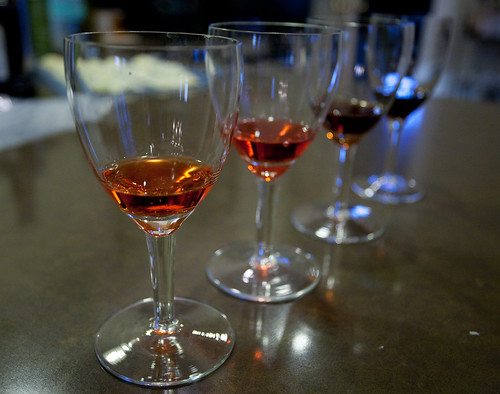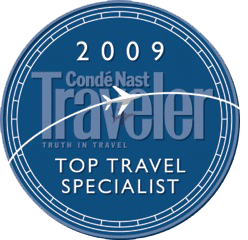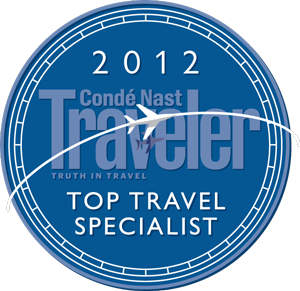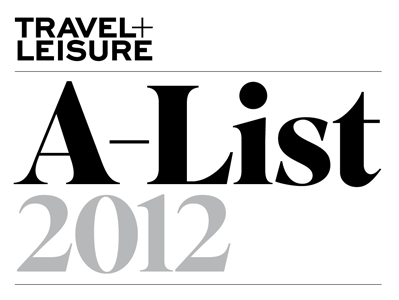Now that the cold has set in and the holidays are approaching, your thoughts are no doubt far from your travel plans for next summer, but savvy travelers know that this is exactly when you need to set up your villa vacation rentals for next summer.
I’ve recently returned from a trip scouting even more villa options for clients in Italy’s most desirable vacation areas, because villas increasingly provide an ideal price-quality ratio for discerning travelers.
Italy consistently ranks as the most expensive place in Europe for hotels. The Trivago Hotel Price Index name Venice, at 281 euros per night on average, more costly than famously pricy London, Stockholm and Geneva.
But, thankfully for families and groups planning an Italian summer, villa rentals all around the boot are primed to accommodate travelers disenchanted with astronomical hotel rates. Thanks for the recession, more rental properties are available than every before, as Italians open their previously private second homes to rentals, and owners are in the mood to negotiate.
As you narrow your choices for next summer’s accommodation now, to secure the best properties at the best prices, keep in mind these three key villa rental booking tips:
Take an informal poll of the one or two things each person wants to get out of the trip and the things they can’t live without.
The answers may surprise you—even from your own spouse!
Some normally tight-laced individuals will want to taste all the wine they can in one week, while otherwise easy-going friends may have very specific needs in regard to their bedroom and bathroom requirements.
Most properties book at weekly rates, but the structure of that week is not up to the guest.
It is customary throughout the country for villa stays to run Saturday to Saturday with packed roads each Saturday as visitors move from one property to the next.
Try to structure your travel dates accordingly, with one night on each end in a hotel in the city you are flying in and out of.
Even if you know that you want to rent a villa, the biggest question is where, and it’s more complicated than you think.
Tuscany, maybe? Well, it’s a big region. And there may be other areas that have the same attractions or features you’re interested in at a better price point or in greater quantities.
We can help you find the right area to match your interests and budget, whatever the region.
I’ve recently returned from a trip scouting even more villa options for clients in Italy’s most desirable vacation areas, because villas increasingly provide an ideal price-quality ratio for discerning travelers.
Italy consistently ranks as the most expensive place in Europe for hotels. The Trivago Hotel Price Index name Venice, at 281 euros per night on average, more costly than famously pricy London, Stockholm and Geneva.
But, thankfully for families and groups planning an Italian summer, villa rentals all around the boot are primed to accommodate travelers disenchanted with astronomical hotel rates. Thanks for the recession, more rental properties are available than every before, as Italians open their previously private second homes to rentals, and owners are in the mood to negotiate.
As you narrow your choices for next summer’s accommodation now, to secure the best properties at the best prices, keep in mind these three key villa rental booking tips:
1. Solidify Your Group’s Priorities First
Take an informal poll of the one or two things each person wants to get out of the trip and the things they can’t live without.
The answers may surprise you—even from your own spouse!
Some normally tight-laced individuals will want to taste all the wine they can in one week, while otherwise easy-going friends may have very specific needs in regard to their bedroom and bathroom requirements.
2. Italian Villa Rentals Run Saturday to Saturday
Most properties book at weekly rates, but the structure of that week is not up to the guest.
It is customary throughout the country for villa stays to run Saturday to Saturday with packed roads each Saturday as visitors move from one property to the next.
Try to structure your travel dates accordingly, with one night on each end in a hotel in the city you are flying in and out of.
3. Tuscany is a Big Place: Where Do You Want to Go Exactly?
Even if you know that you want to rent a villa, the biggest question is where, and it’s more complicated than you think.
Tuscany, maybe? Well, it’s a big region. And there may be other areas that have the same attractions or features you’re interested in at a better price point or in greater quantities.
We can help you find the right area to match your interests and budget, whatever the region.

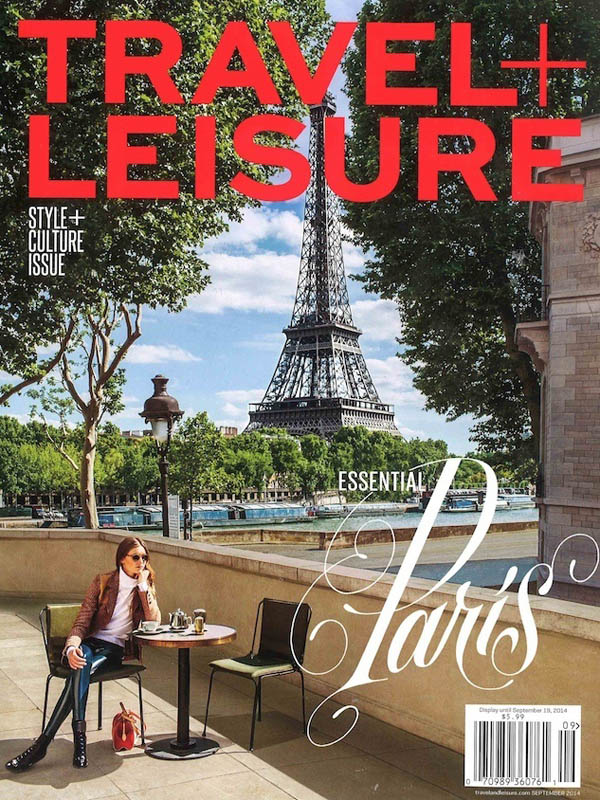 As part of the A-List announcement, Travel & Leisure will feature us in the upcoming September issue of the magazine. Here’s a preview:
As part of the A-List announcement, Travel & Leisure will feature us in the upcoming September issue of the magazine. Here’s a preview: